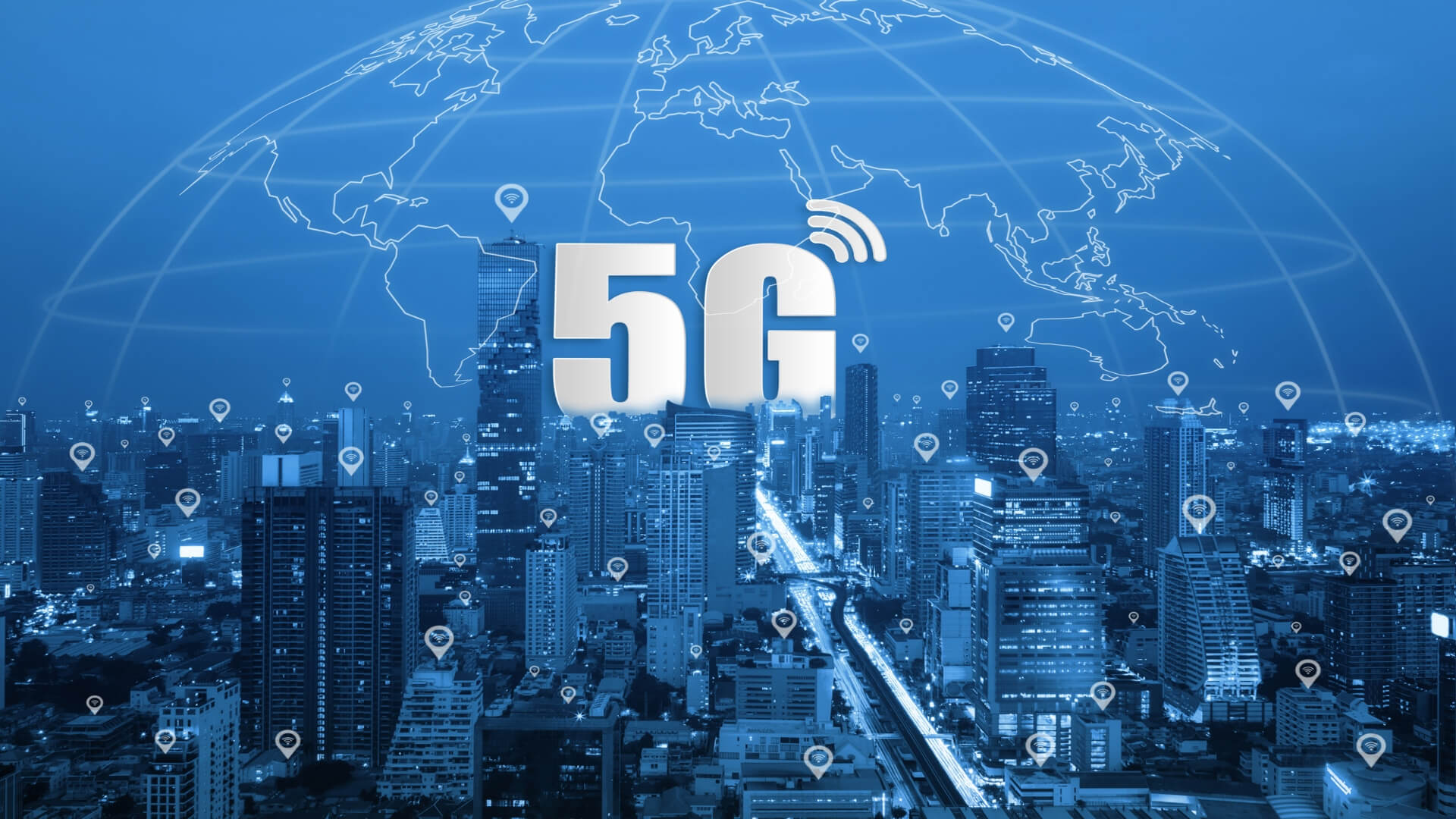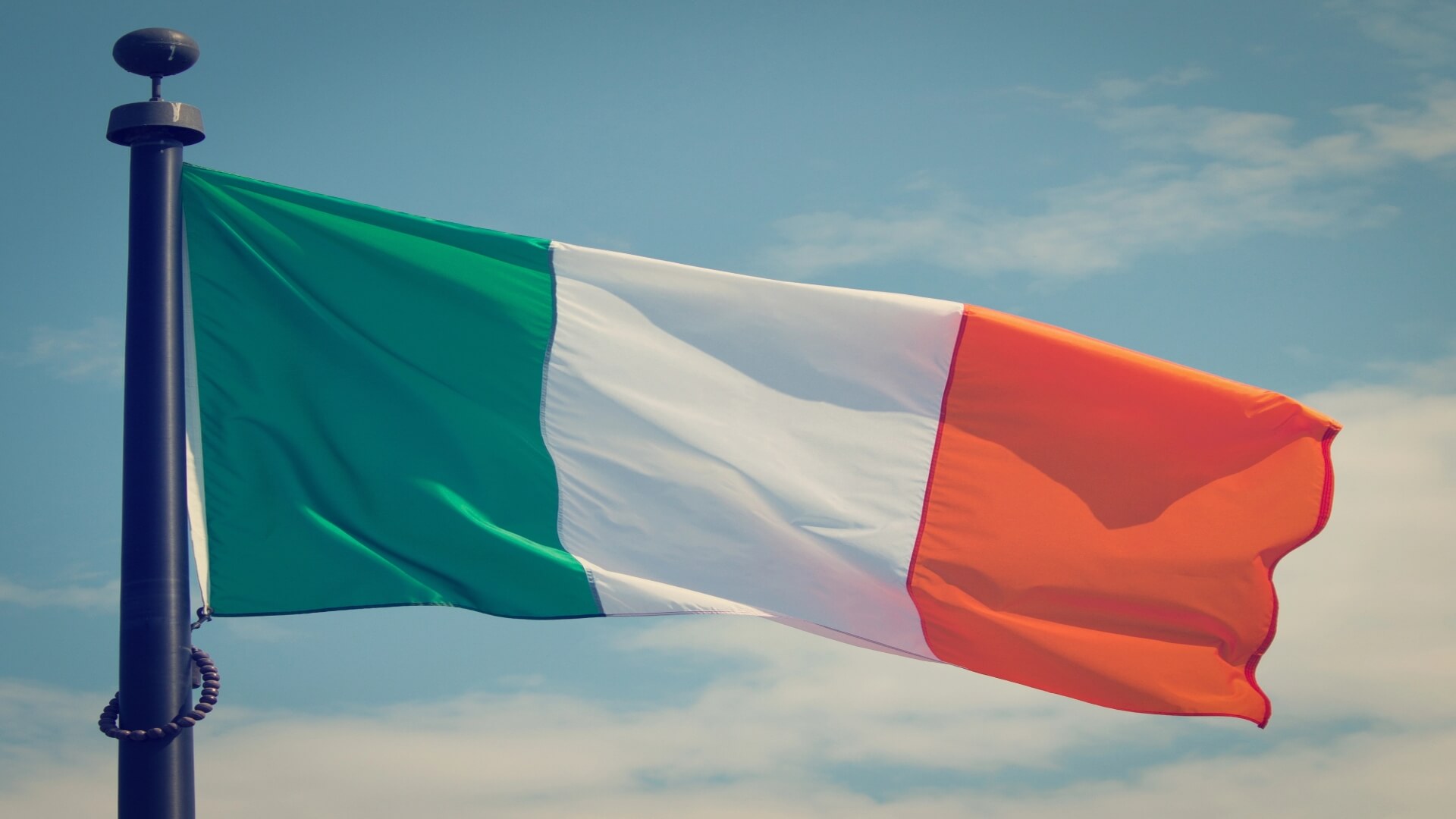Ericsson and Huawei recently renewed a multi-year global patent cross-licensing agreement that covers patents essential to standards relevant to the products of the parties. This includes 3G, 4G, and 5G cellular technologies. The agreement covers the companies’ respective sales of network infrastructure and consumer devices. This grants both of the parties’ global access to each other’s patented, standardized technologies. The long-term arrangement covers a number of areas such as 3GPP, ITU, IEEE and IETF standards for 3G, 4G and 5G cellular technologies. It also covers the companies’ respective sales of network infrastructure and consumer devices. Huawei is both a holder and implementer of standard essential patents (SEPs), and says it takes a balanced approach to licensing. By cross licensing their SEPs, both companies are able to share and access key technologies. In 2022, Huawei topped the European Patent Office’s applicant ranking for number of patent applications filed with 4,505 applications.
Ericsson chief intellectual property officer Christina Petersson stated that “both companies are major contributors to mobile communication standards and recognize the value of each other’s intellectual property.” She added that “this agreement demonstrates the commitment of both parties that intellectual property should be respected and rewarded, and that leading technological innovations should be shared across the industry. A balanced approach to licensing ensures that the interests of both patent holders and implementers are served fairly, driving healthy, sustainable industry development for the benefit of consumers and enterprises everywhere.” Here is an opinion piece we found of interest relating to the recent Ericsson and Huawei agreement.
Ericsson and Huawei show how cooperation drives the connectivity patent world
In an opinion piece “Ericsson and Huawei show how cooperation drives the connectivity patent world” for IAM Media, Joff Wild, editor-at-large, argues that while there are some disputes in the connectivity patent space, the vast majority of deals done are agreed upon without recourse to the law. In fact, he adds that many of the relatively low number of disagreements that do end up in court are resolved before final judgments are handed down. Wild discusses the recent Ericsson and Huawei deal which covers network infrastructure and consumer devices giving each company a global license to use the other’s patent standardized technology.
Ericsson chief IP officer Christina Petersson said that the “agreement demonstrates the commitment of both parties that intellectual property should be respected and rewarded, and that leading technological innovations should be shared across the industry.” In addition, Huawei IP head Alan Fan added that “this agreement creates a stronger patent environment. It demonstrates the commitment both parties have forged that intellectual property should be properly respected and protected.” Wild believes their comments make it clear that this is a good deal for both companies reflecting the strength of the patent portfolios they each possess, and so will guarantee each a large degree of freedom to operate. Read the full article on IAM Media.
Disclosure: Fatty Fish is a research and advisory firm that engages or has engaged in research, analysis, and advisory services with many technology companies, including those mentioned in this article. The author does not hold any equity positions with any company mentioned in this article.
The Fatty Fish Editorial Team includes a diverse group of industry analysts, researchers, and advisors who spend most of their days diving into the most important topics impacting the future of the technology sector. Our team focuses on the potential impact of tech-related IP policy, legislation, regulation, and litigation, along with critical global and geostrategic trends — and delivers content that makes it easier for journalists, lobbyists, and policy makers to understand these issues.
- The Fatty Fish Editorial Teamhttps://fattyfish.org/author/fattyfish_editorial/January 19, 2024
- The Fatty Fish Editorial Teamhttps://fattyfish.org/author/fattyfish_editorial/January 3, 2024
- The Fatty Fish Editorial Teamhttps://fattyfish.org/author/fattyfish_editorial/January 3, 2024
- The Fatty Fish Editorial Teamhttps://fattyfish.org/author/fattyfish_editorial/December 31, 2023








